Home>Furniture & Design>Outdoor Furniture>How To Keep Outdoor Pipes From Freezing
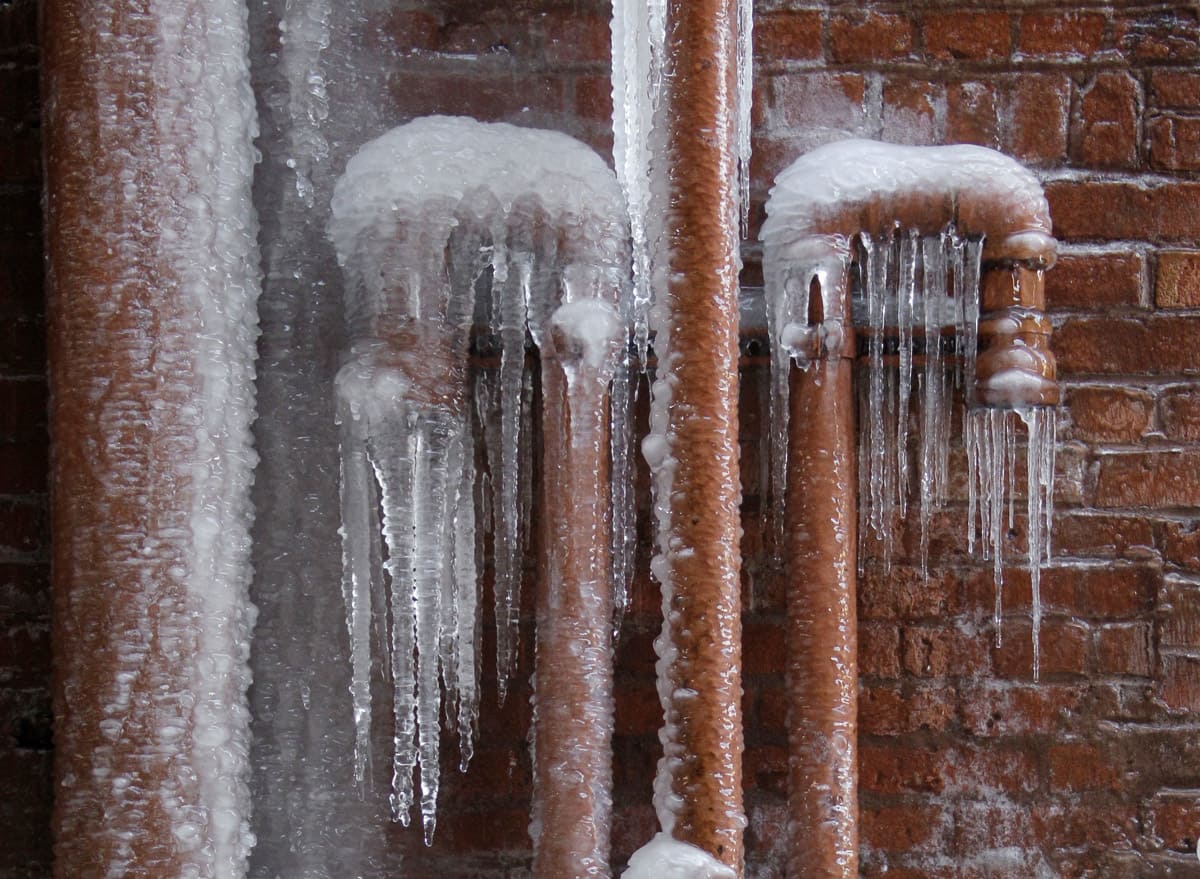

Outdoor Furniture
How To Keep Outdoor Pipes From Freezing
Modified: August 17, 2024
Learn how to prevent outdoor pipes from freezing with our expert tips and keep your outdoor furniture safe in cold weather. Protect your outdoor furniture and design from the winter chill.
(Many of the links in this article redirect to a specific reviewed product. Your purchase of these products through affiliate links helps to generate commission for Storables.com, at no extra cost. Learn more)
Introduction
When the winter chill sets in, the risk of outdoor pipes freezing becomes a significant concern for homeowners. The potential for frozen pipes poses not only an inconvenience but also a potential financial burden and property damage. As such, it is crucial to take proactive measures to prevent this issue from occurring.
In this comprehensive guide, we will delve into various strategies to safeguard outdoor pipes from freezing, ensuring that you are well-equipped to tackle the challenges posed by cold weather. From understanding the risks associated with frozen outdoor pipes to implementing preventative measures, we will explore practical and effective solutions to keep your outdoor plumbing system functioning optimally throughout the winter months.
By gaining a deeper understanding of the underlying risks and implementing the recommended preventative techniques, you can safeguard your outdoor pipes and alleviate the worry of potential freezing. Let's embark on this journey to fortify your home against the perils of winter and ensure that your outdoor pipes remain free from the grip of icy temperatures.
Key Takeaways:
- Don’t let the winter freeze ruin your outdoor pipes! Insulate, use heat tape, and allow faucets to drip to keep them safe and functional.
- Stay ahead of the cold by sealing cracks, using outdoor pipe covers, and monitoring weather forecasts. With these tips, your outdoor pipes will be winter-ready!
Read more: How To Keep Pipes In Attic From Freezing
Understanding the Risks of Frozen Outdoor Pipes
As the mercury plummets during the winter season, outdoor pipes are particularly vulnerable to freezing due to their exposure to the elements. When water within the pipes freezes, it expands, exerting immense pressure on the pipe walls. This pressure can lead to cracks, bursts, or complete ruptures in the pipes, resulting in extensive water damage and costly repairs. Additionally, frozen outdoor pipes can disrupt the flow of water to various outdoor fixtures, such as faucets, sprinkler systems, and outdoor showers, hindering their functionality.
Moreover, the impact of frozen outdoor pipes extends beyond the immediate inconvenience and financial burden. The resulting water leaks and flooding can compromise the structural integrity of your property, leading to potential damage to landscaping, foundations, and outdoor structures. Furthermore, the disruption in water supply can impede essential outdoor activities and maintenance tasks, impacting the overall functionality and enjoyment of your outdoor living spaces.
It is essential to recognize that certain materials, such as PVC and plastic pipes, are particularly susceptible to freezing, as they lack the resilience of metal pipes. Additionally, pipes located in exposed or poorly insulated areas, such as those running along exterior walls or within unheated outdoor structures, are at a higher risk of freezing. By understanding these risks and their potential consequences, you can proactively address the vulnerabilities of your outdoor plumbing system and mitigate the threat of frozen pipes.
By gaining insight into the risks associated with frozen outdoor pipes, you are better equipped to appreciate the urgency of implementing preventative measures. In the subsequent sections, we will explore effective strategies for insulating outdoor pipes, utilizing heat tape, and incorporating other proactive techniques to safeguard your outdoor plumbing infrastructure from the detrimental effects of freezing temperatures.
Insulating Outdoor Pipes
Proper insulation serves as a fundamental defense against the perils of freezing temperatures, effectively safeguarding outdoor pipes from the risk of freezing. Insulation helps to retain the heat within the pipes, preventing the water from reaching the critical freezing point. There are various insulation materials and methods that can be employed to fortify outdoor pipes and enhance their resilience against cold weather conditions.
One of the most commonly utilized insulation materials for outdoor pipes is foam pipe insulation. This flexible and easy-to-install material is available in various diameters to accommodate different pipe sizes. By encasing the outdoor pipes in foam insulation sleeves, you create a protective barrier that minimizes heat loss and shields the pipes from the frigid outdoor air. Additionally, heat tape can be incorporated alongside foam insulation to provide an extra layer of warmth, especially in areas prone to extreme cold.
Furthermore, for outdoor pipes located within unheated structures, such as sheds or garages, it is essential to insulate the surrounding space to maintain a consistent temperature. Insulating the walls and doors of these structures can help create a more conducive environment for the outdoor pipes, reducing their exposure to freezing temperatures.
Moreover, when insulating outdoor pipes, it is crucial to pay attention to vulnerable areas, such as pipe elbows, joints, and connections. These critical points should receive additional insulation or heat tape to ensure comprehensive protection against freezing. By addressing these susceptible areas, you can fortify the entire length of the outdoor pipes and minimize the likelihood of cold-related damage.
By implementing thorough insulation measures, you fortify your outdoor plumbing system against the adverse effects of freezing temperatures. This proactive approach not only mitigates the risk of frozen pipes but also contributes to the longevity and reliability of your outdoor water infrastructure. In the subsequent sections, we will explore additional strategies, including the use of heat tape, allowing faucets to drip, and sealing cracks and openings, to further enhance the resilience of your outdoor pipes during the winter season.
Using Heat Tape or Cable
Heat tape or cable is a valuable asset in the battle against frozen outdoor pipes, providing targeted warmth to prevent the detrimental effects of freezing temperatures. This specialized electrical heating element is designed to wrap around outdoor pipes, delivering consistent and controlled heat to maintain the pipes’ temperature above freezing levels.
When selecting heat tape or cable for outdoor pipe protection, it is essential to choose a product specifically designed for outdoor use and suitable for the dimensions of your pipes. Additionally, it is crucial to follow the manufacturer’s instructions meticulously to ensure safe and effective installation.
Heat tape is particularly beneficial for outdoor pipes that are exposed to extreme cold or located in areas with inadequate insulation. By strategically applying heat tape along the length of the pipes, you create a reliable heat source that prevents the water from freezing, even in the harshest winter conditions. Furthermore, heat tape can be utilized in conjunction with foam pipe insulation to maximize the protective capabilities and maintain a consistent temperature within the pipes.
It is important to note that heat tape or cable should be installed with precision, ensuring that it is secured firmly to the pipes and any overlapping sections are sealed appropriately. Regular inspection of the heat tape and its connections is also recommended to verify its continued functionality and address any potential issues promptly.
By incorporating heat tape or cable into your outdoor pipe protection strategy, you introduce an additional layer of defense against freezing temperatures, bolstering the resilience of your outdoor plumbing system. In the subsequent sections, we will explore complementary preventative measures, such as allowing faucets to drip and sealing cracks and openings, to fortify your outdoor pipes and mitigate the risks associated with cold weather.
To keep outdoor pipes from freezing, insulate them with foam sleeves or wrap them with heat tape. Also, keep faucets dripping during freezing temperatures to prevent ice buildup.
Allowing Faucets to Drip
One simple yet effective technique to prevent outdoor pipes from freezing is to allow faucets connected to vulnerable pipes to drip slowly during periods of cold weather. Allowing a faucet to drip, even at a minimal rate, serves to relieve the pressure within the pipes, reducing the likelihood of freezing. This strategy is particularly beneficial for outdoor faucets and fixtures that are exposed to the elements and susceptible to freezing temperatures.
When water is in motion, even at a slow drip, it impedes the formation of ice within the pipes, thereby mitigating the risk of blockages and potential damage caused by frozen water. This approach is especially valuable for pipes that are not insulated adequately or are located in areas prone to extreme cold.
It is important to identify and prioritize the outdoor faucets and fixtures that require this preventative measure based on their susceptibility to freezing. By allowing these specific faucets to drip during cold spells, you can proactively safeguard the connected pipes and minimize the potential for cold-related issues.
Furthermore, in addition to preventing freezing, allowing faucets to drip can also alleviate the buildup of excess pressure within the pipes, reducing the likelihood of pipe bursts or ruptures. This simple yet impactful strategy contributes to the overall resilience of your outdoor plumbing system and provides an additional layer of protection against the challenges posed by winter weather.
By incorporating the practice of allowing faucets to drip into your winter preparedness routine, you can mitigate the risks associated with frozen outdoor pipes and ensure the continued functionality of your outdoor water infrastructure. In the subsequent sections, we will explore further preventative measures, including sealing cracks and openings, to fortify your outdoor pipes and enhance their ability to withstand the rigors of cold weather.
Sealing Cracks and Openings
Ensuring that outdoor pipes are shielded from frigid air and drafts is paramount in the effort to prevent freezing. One effective method to fortify your outdoor plumbing system is to identify and seal any cracks, gaps, or openings in the vicinity of the pipes. These vulnerabilities can allow cold air to infiltrate the space surrounding the pipes, increasing the risk of freezing and compromising their functionality.
Begin by conducting a thorough inspection of the areas where outdoor pipes are located, paying close attention to potential points of entry for cold air. Common areas of concern include gaps around where pipes enter the home, openings in exterior walls, and access points within unheated outdoor structures. Seal any identified cracks or openings using appropriate weatherproofing materials, such as caulk, foam insulation, or weather-stripping, to create a barrier against the intrusion of cold air.
Additionally, it is essential to insulate and seal any gaps around outdoor faucets, hose bibs, and other fixtures connected to the outdoor plumbing system. By addressing these vulnerable areas, you can minimize the exposure of the pipes to cold temperatures and reduce the likelihood of freezing.
Furthermore, for outdoor pipes located within unheated structures, such as garden sheds or crawl spaces, it is imperative to insulate the surrounding area and seal any gaps in the building’s envelope. By creating a well-insulated and airtight environment, you can shield the outdoor pipes from the impact of freezing temperatures and maintain a more stable and conducive climate for their operation.
By diligently sealing cracks and openings in the vicinity of outdoor pipes, you enhance the overall resilience of your plumbing infrastructure and mitigate the risks associated with freezing temperatures. This proactive approach contributes to the protection and longevity of your outdoor plumbing system, ensuring its reliability throughout the winter season. In the subsequent sections, we will explore additional preventative measures to further strengthen the defense against frozen outdoor pipes and fortify your home against the challenges of cold weather.
Other Preventative Measures
Aside from insulation, heat tape, allowing faucets to drip, and sealing cracks and openings, there are additional proactive measures that can be implemented to safeguard outdoor pipes from freezing and mitigate the associated risks.
- Thermostatically Controlled Heat Cables: Installing thermostatically controlled heat cables on outdoor pipes provides an automated solution for maintaining optimal temperatures. These cables are designed to activate when temperatures drop, ensuring consistent warmth and preventing freezing.
- Outdoor Pipe Covers: Utilizing outdoor pipe covers or faucet socks can offer an extra layer of protection by insulating and shielding exposed outdoor fixtures from the cold. These covers are designed to fit securely over faucets and exposed pipes, reducing their vulnerability to freezing temperatures.
- Winterizing Outdoor Fixtures: Prior to the onset of winter, it is advisable to thoroughly winterize outdoor fixtures, such as garden hoses and sprinkler systems. Drain and disconnect hoses, shut off outdoor water supplies, and drain irrigation systems to prevent water from accumulating and freezing within the outdoor plumbing infrastructure.
- Monitoring Weather Forecasts: Stay informed about impending cold fronts and extreme temperature fluctuations by monitoring weather forecasts. Being aware of potential freezing conditions allows for proactive measures to be taken, such as allowing faucets to drip and activating heat tape as a preemptive safeguard.
- Professional Inspection and Maintenance: Engaging the services of a professional plumber for a comprehensive inspection of your outdoor plumbing system can provide valuable insights and identify potential vulnerabilities. Additionally, scheduling routine maintenance, including checking for leaks and ensuring proper insulation, contributes to the ongoing protection of your outdoor pipes.
By incorporating these additional preventative measures into your winter preparedness regimen, you bolster the resilience of your outdoor plumbing system and minimize the risk of frozen pipes. Each strategy contributes to a comprehensive approach to safeguarding your outdoor water infrastructure and mitigating the potential consequences of freezing temperatures.
As we continue to explore these proactive measures, it becomes evident that a combination of insulation, heat sources, and vigilant maintenance is essential in fortifying outdoor pipes against the challenges of winter. By implementing these strategies, you can ensure the continued functionality and reliability of your outdoor plumbing system, even in the face of harsh and unforgiving weather conditions.
Conclusion
As the winter season descends, the protection of outdoor pipes from freezing becomes a critical priority for homeowners. The risks associated with frozen outdoor pipes, including potential damage, inconvenience, and financial burden, underscore the importance of proactive preventative measures. By understanding these risks and implementing targeted strategies, you can fortify your outdoor plumbing system and alleviate the threat of freezing during cold weather.
Insulating outdoor pipes serves as a foundational defense, retaining heat and shielding the pipes from the frigid outdoor air. The incorporation of heat tape or cable provides targeted warmth, preventing freezing and bolstering the resilience of the pipes. Allowing faucets to drip, sealing cracks and openings, and implementing additional preventative measures contribute to a comprehensive approach to safeguarding outdoor pipes from the perils of freezing temperatures.
By combining these proactive measures, homeowners can create a robust defense against the challenges posed by winter weather. The utilization of thermostatically controlled heat cables, outdoor pipe covers, and the diligent winterization of outdoor fixtures further enhances the protective capabilities of the outdoor plumbing system. Monitoring weather forecasts and engaging in professional inspection and maintenance activities contribute to ongoing vigilance and protection against frozen pipes.
Ultimately, the implementation of these strategies not only mitigates the risks associated with frozen outdoor pipes but also ensures the continued functionality and reliability of the outdoor water infrastructure. As homeowners fortify their properties against the harsh realities of winter, they can rest assured that their outdoor pipes are well-equipped to withstand the rigors of cold weather.
By taking a proactive and comprehensive approach to safeguarding outdoor pipes from freezing, homeowners can navigate the winter season with confidence, knowing that their outdoor plumbing system is fortified and resilient. As the snow falls and the temperatures plummet, the outdoor pipes remain free from the threat of freezing, ensuring the uninterrupted flow of water and the preservation of property and peace of mind.
Frequently Asked Questions about How To Keep Outdoor Pipes From Freezing
Was this page helpful?
At Storables.com, we guarantee accurate and reliable information. Our content, validated by Expert Board Contributors, is crafted following stringent Editorial Policies. We're committed to providing you with well-researched, expert-backed insights for all your informational needs.
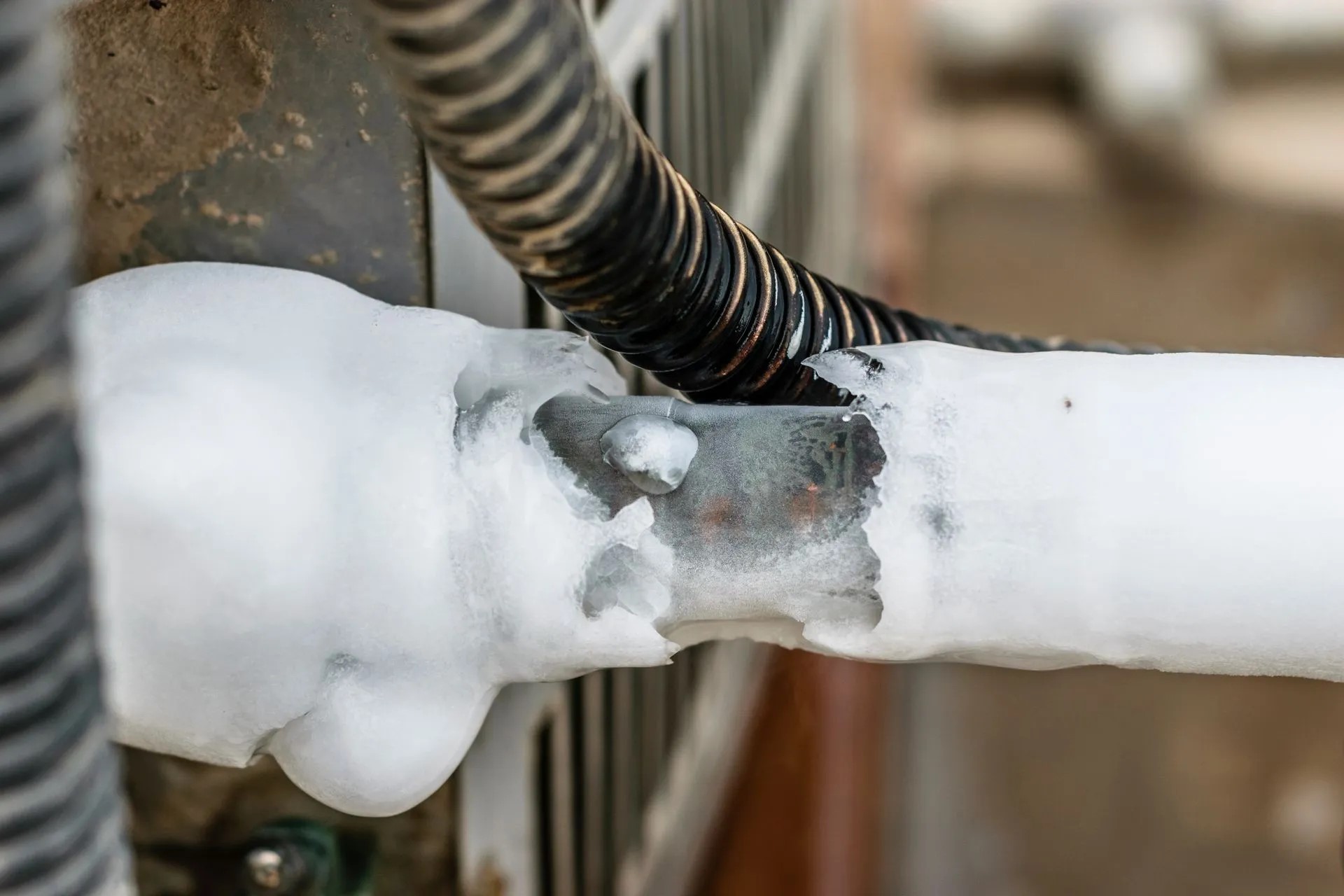
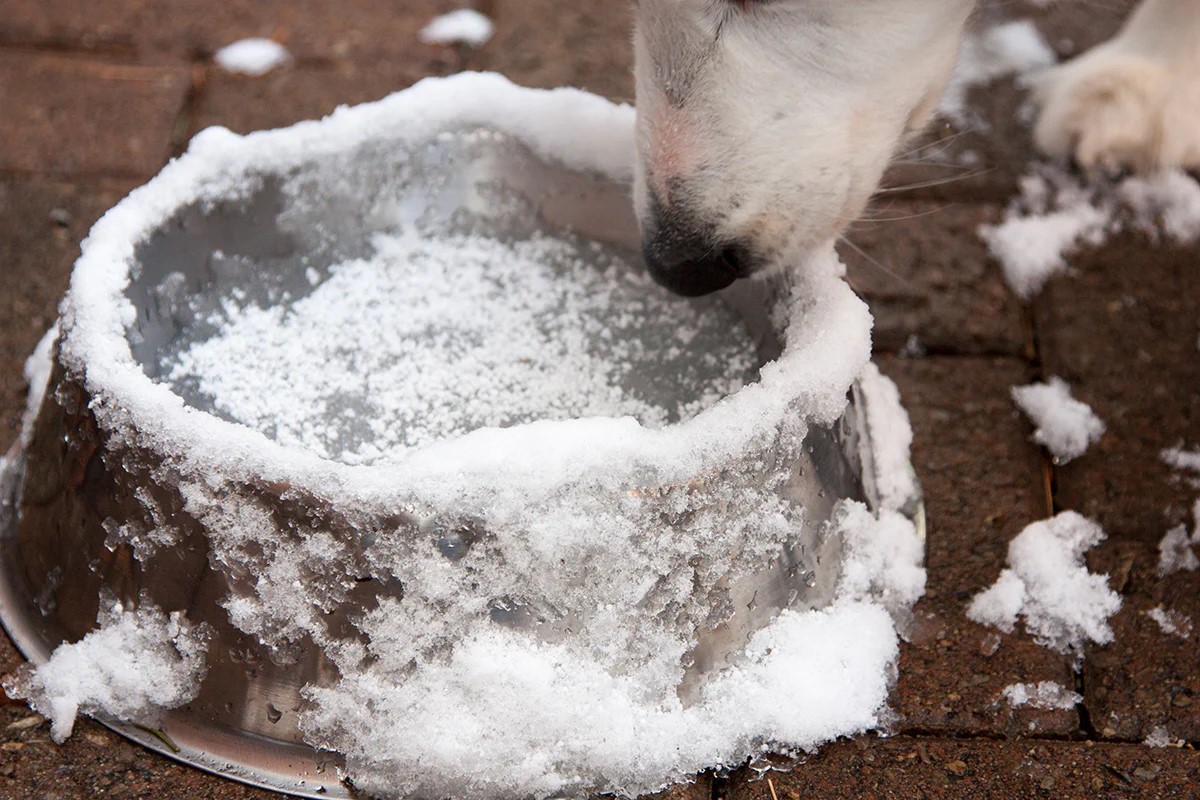
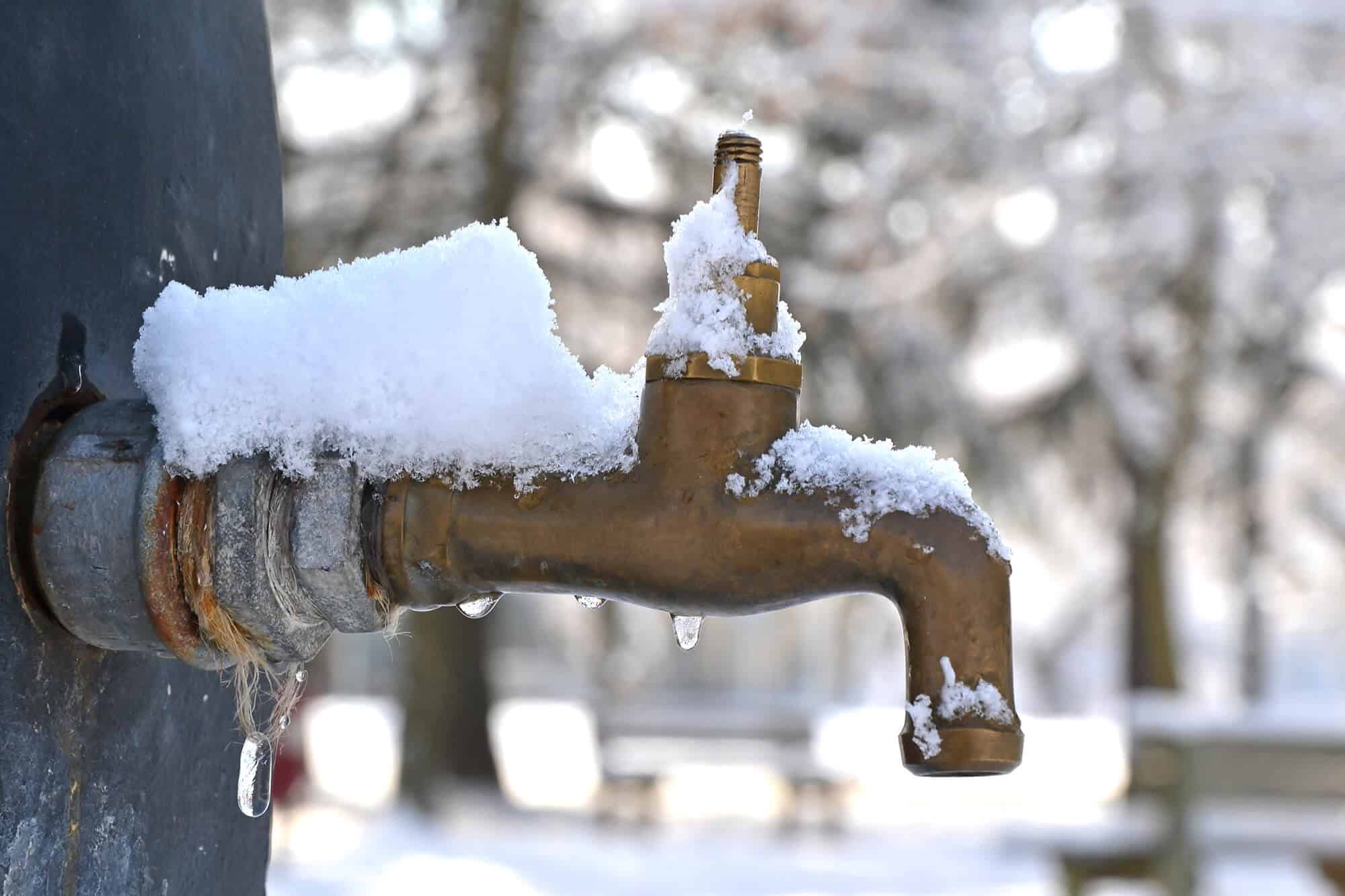
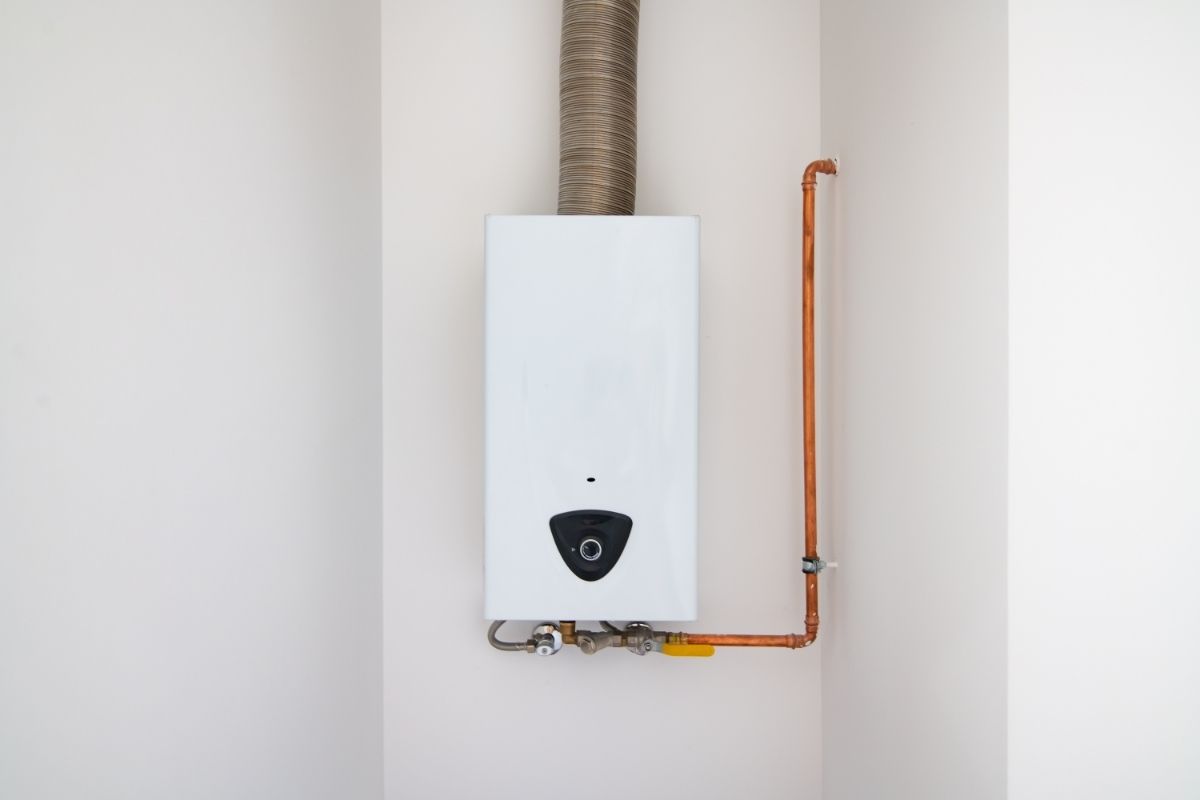
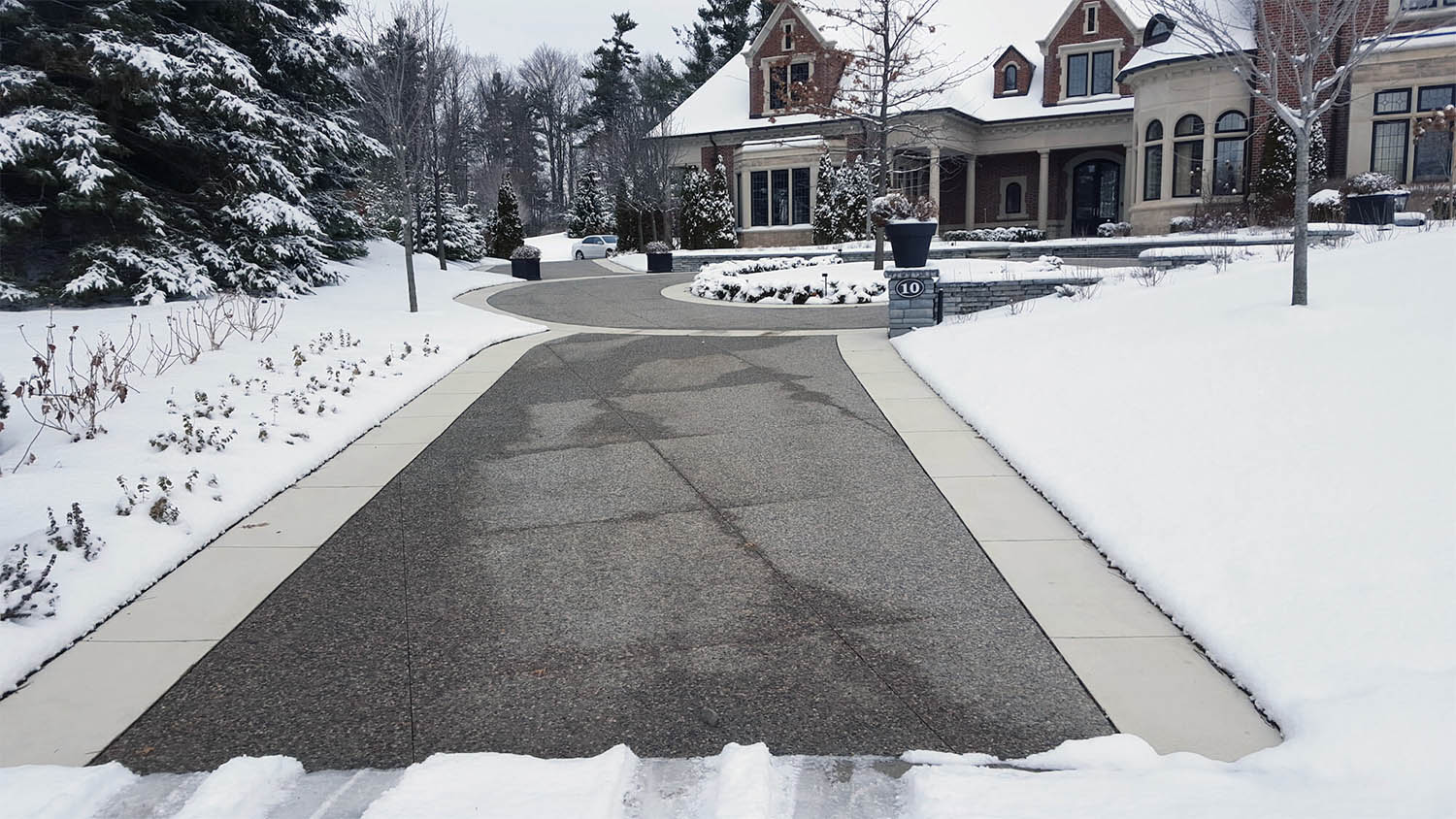
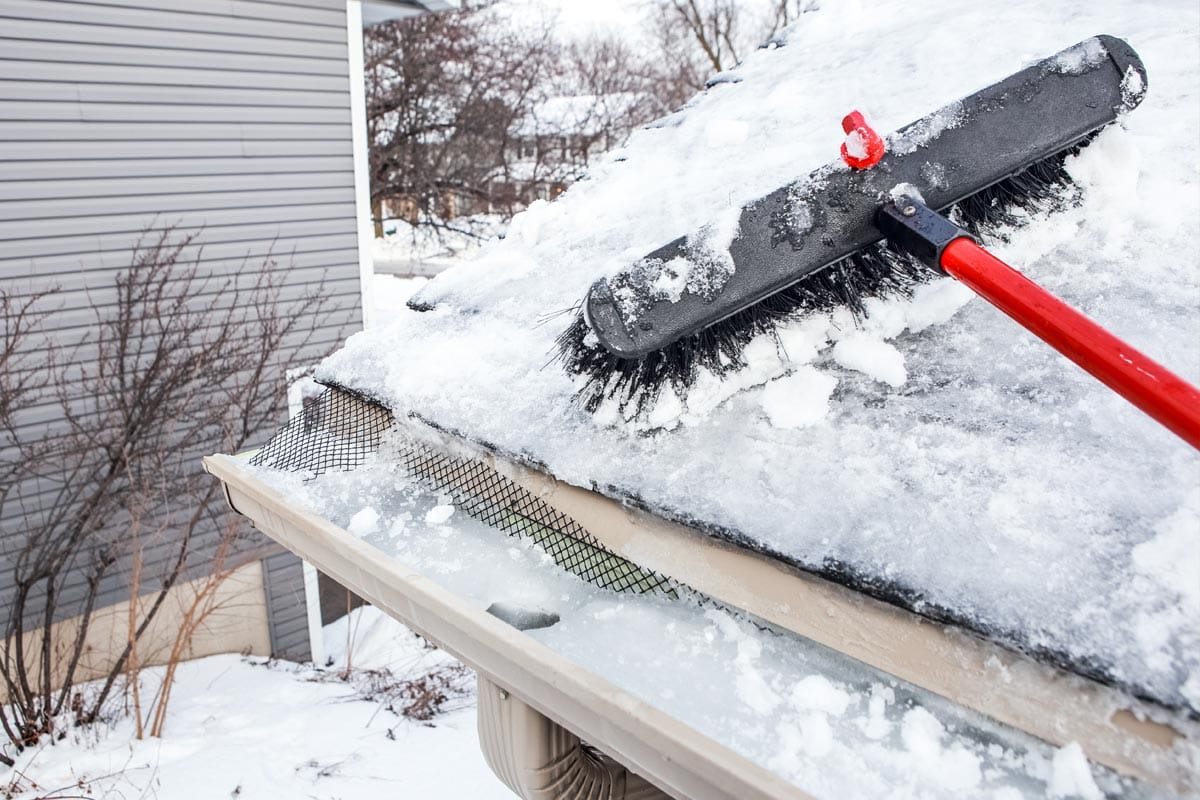
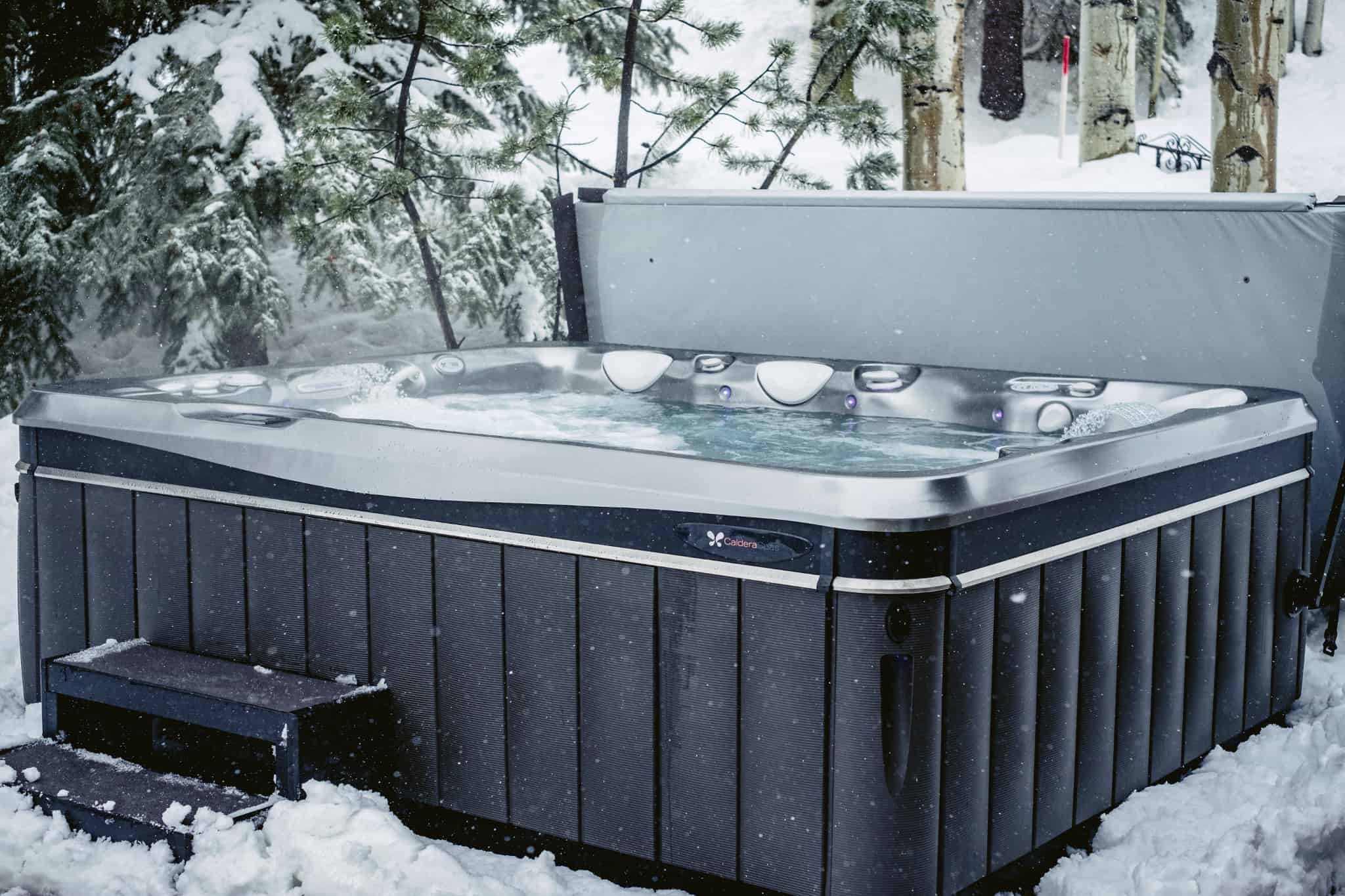
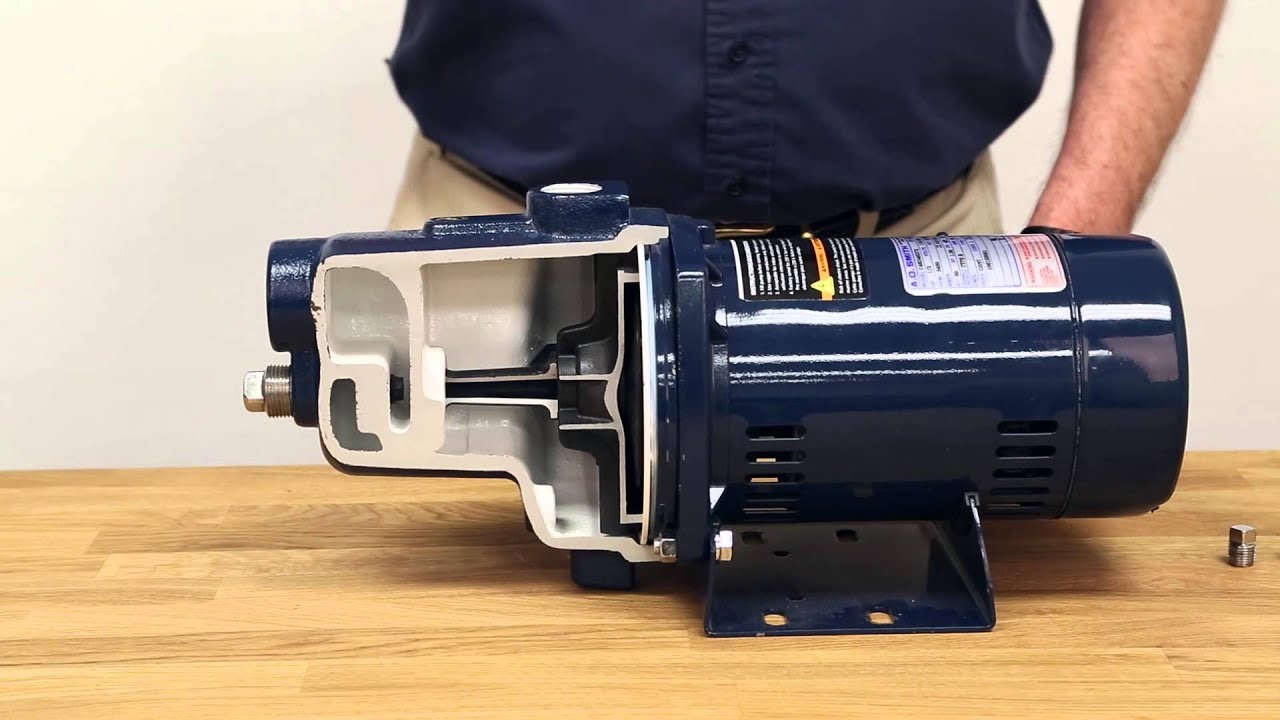
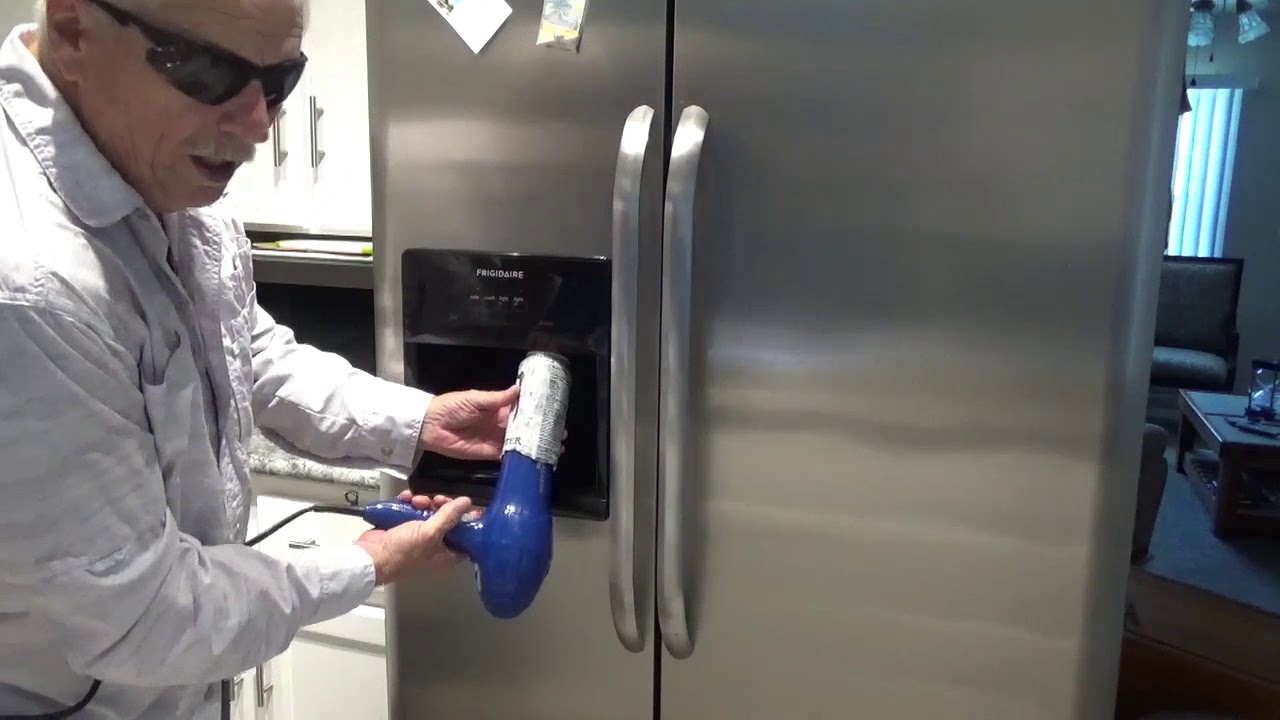
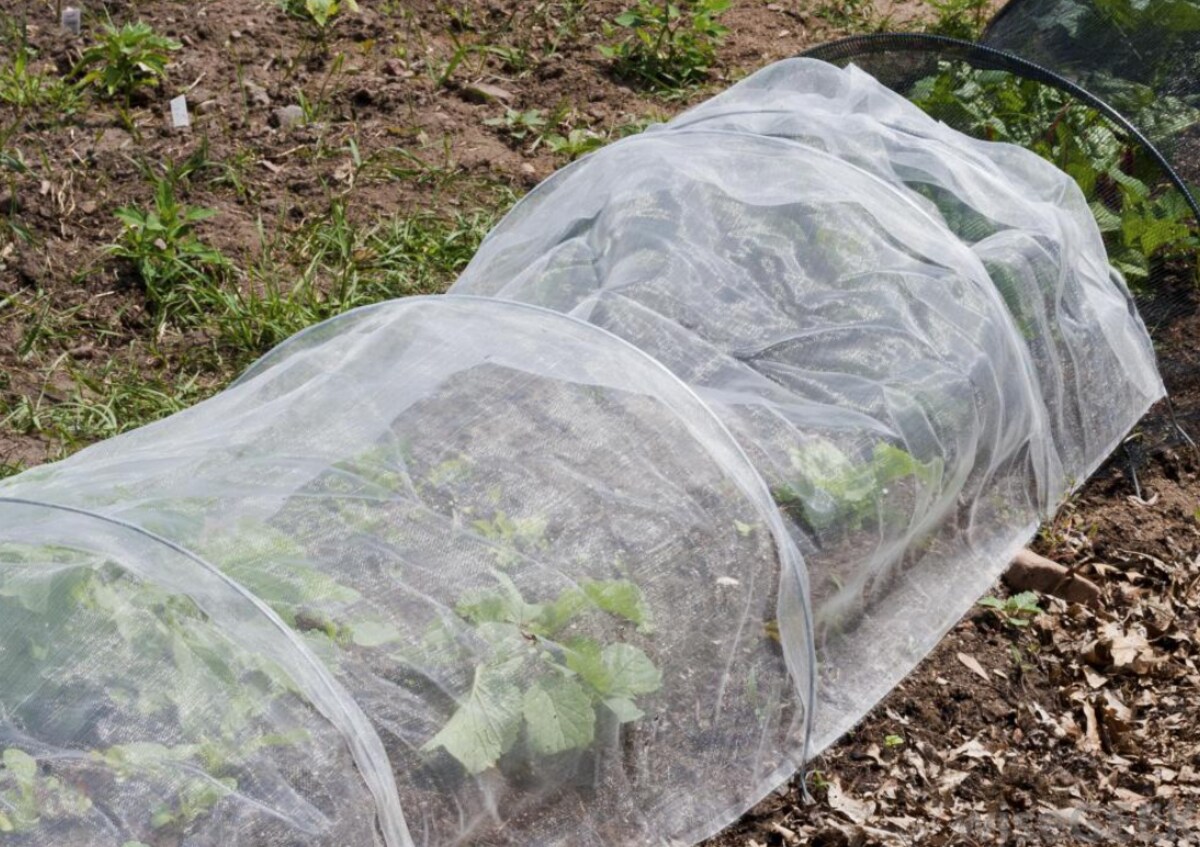
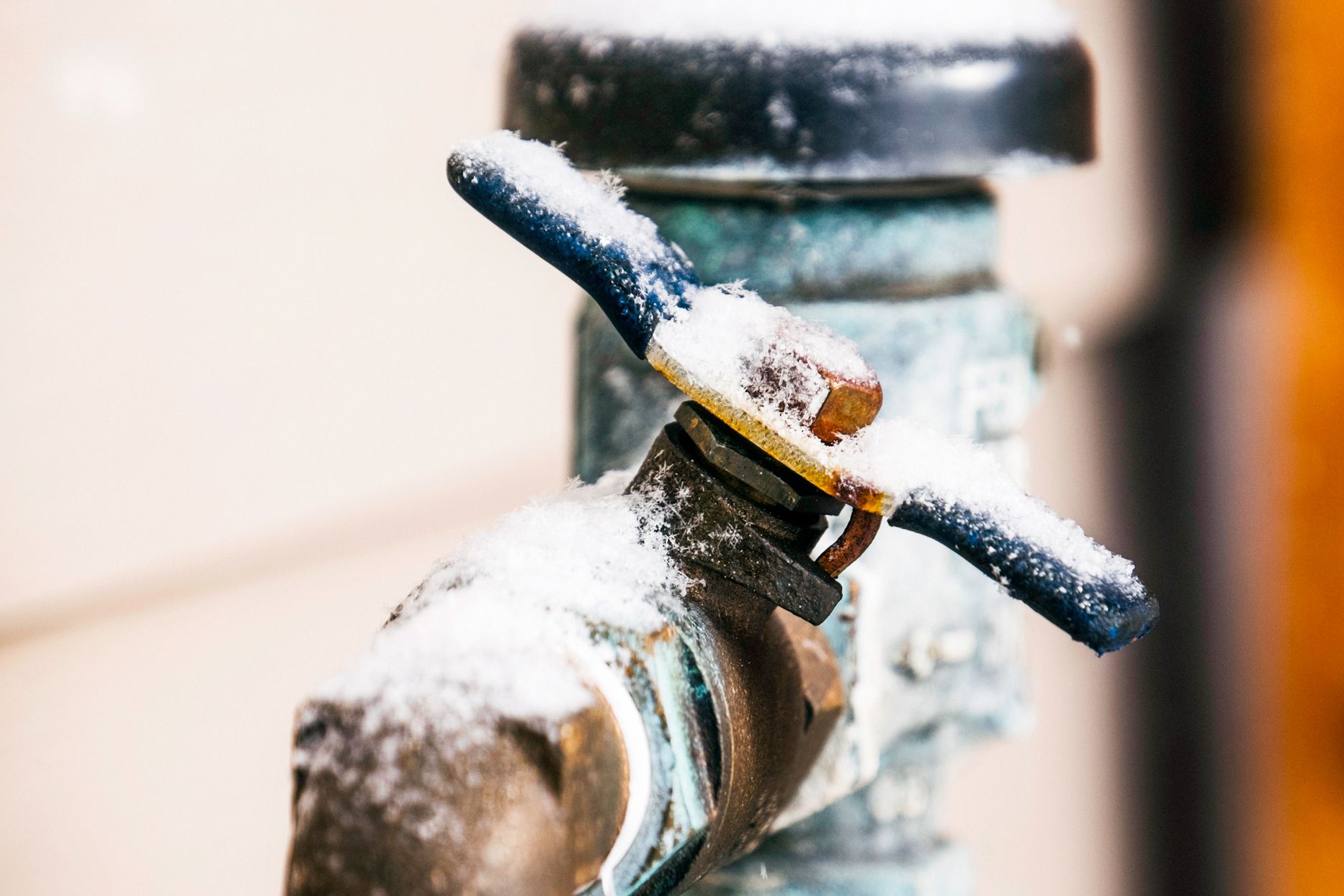
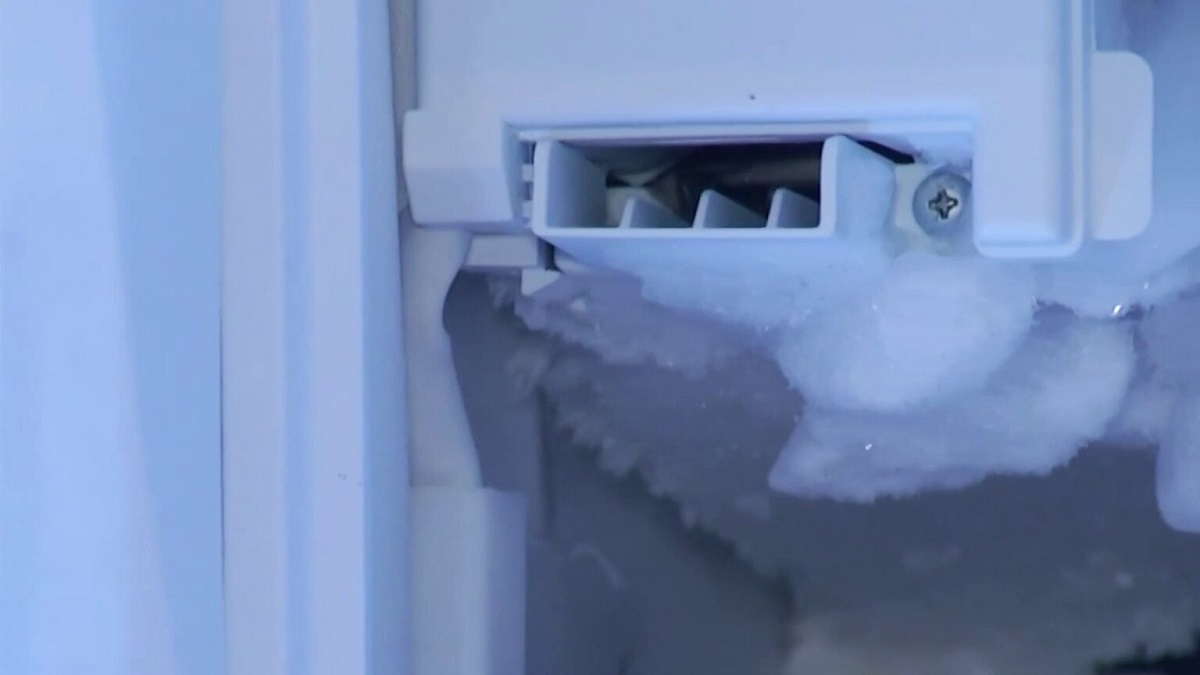
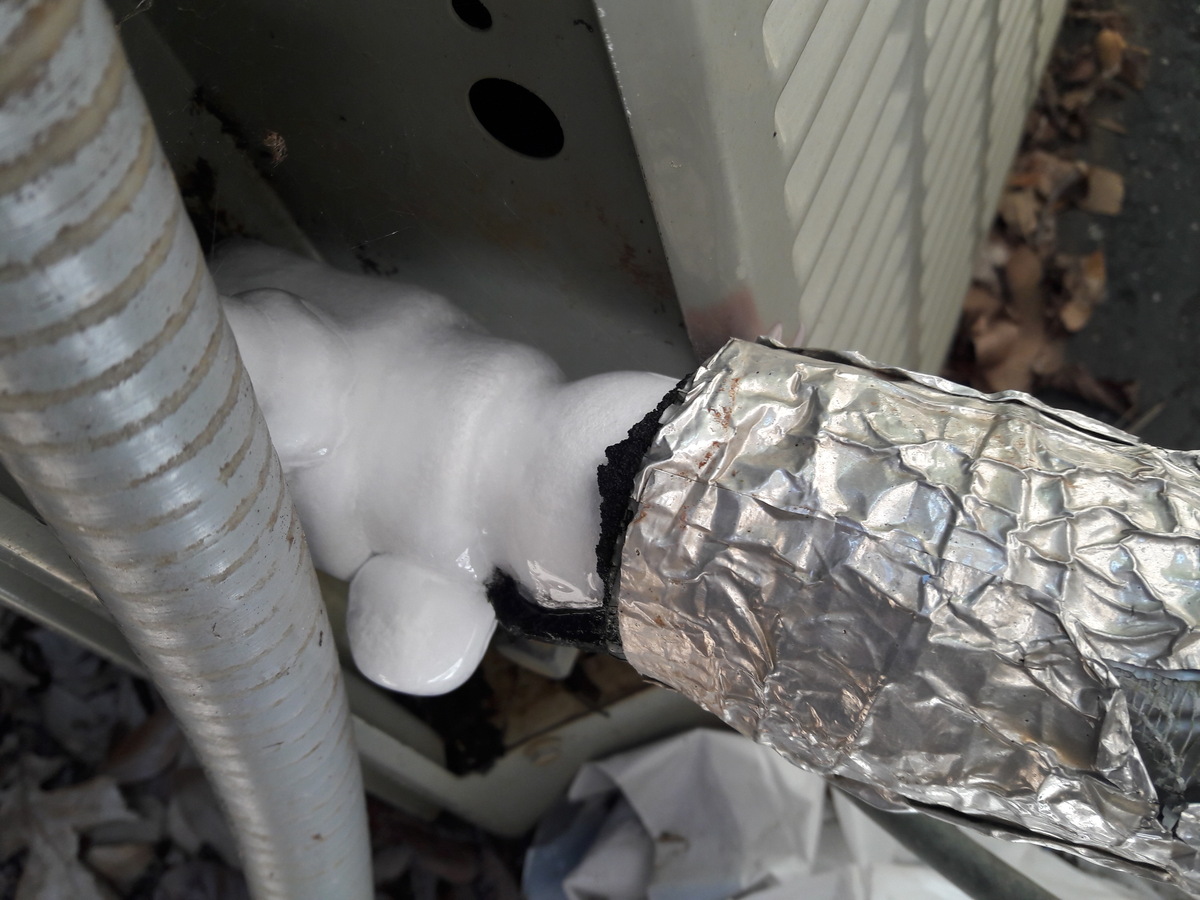
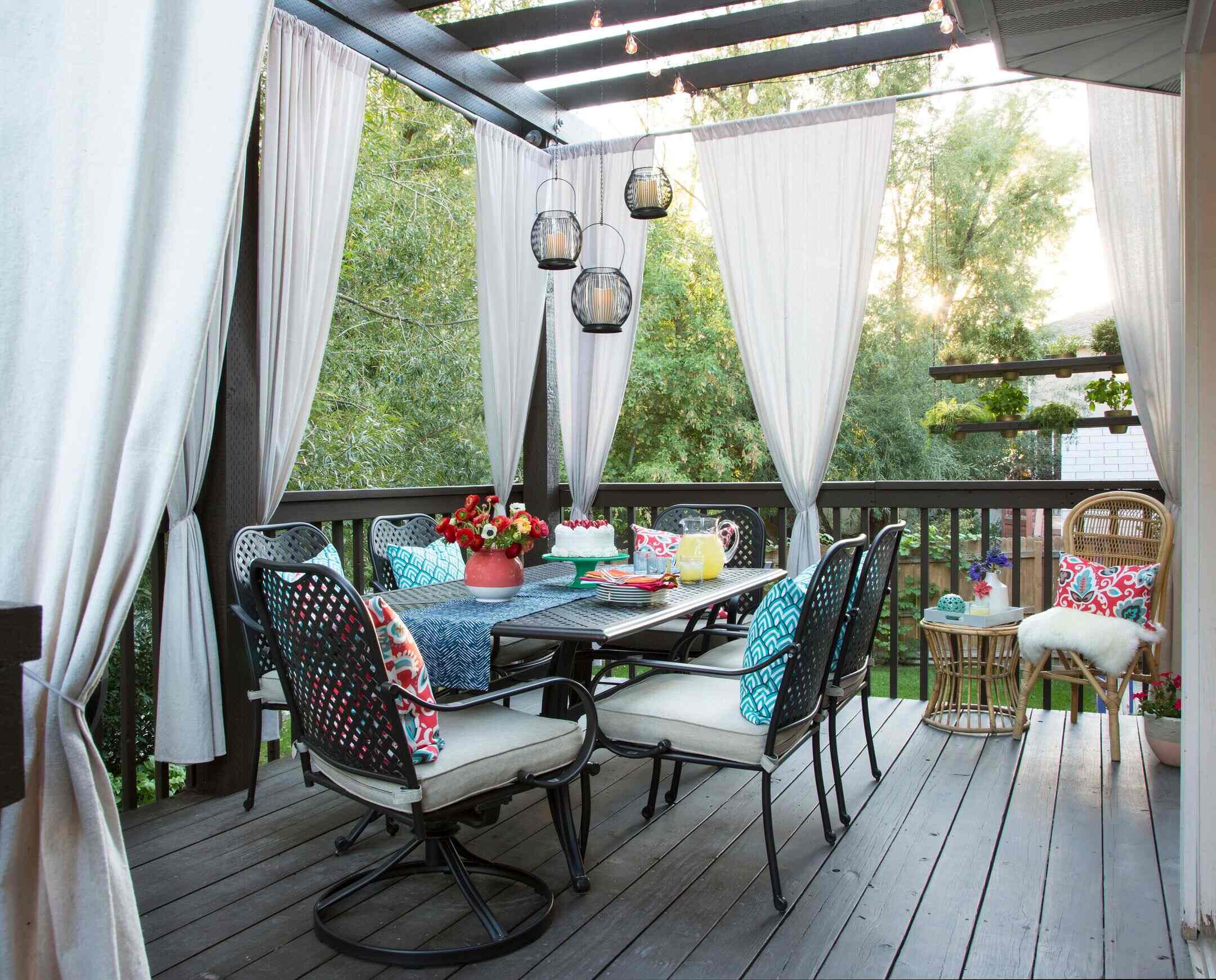

0 thoughts on “How To Keep Outdoor Pipes From Freezing”